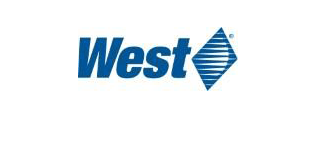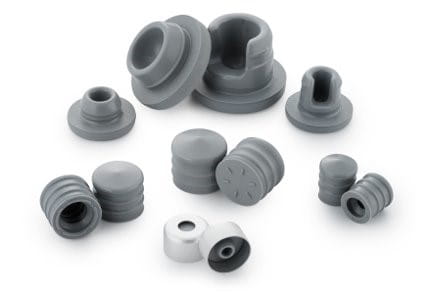Top 5 Vial Container Closure System Trends of 2015
Trend #1 – Particulate, particulate, particulate
This industry buzzword of the last few years is not going anywhere in 2015. Particulate reduction will continue to be the area of focus for all container closure systems, including the traditional vial/stopper/seal combination. For glass and elastomer manufacturers, the emphasis will be on reducing foreign material in the manufacturing process through enhanced gowning and environmental controls, elimination of sources of cellulose, equipment maintenance, and placing increased pressure on their raw material suppliers. Pharmaceutical companies will need to evaluate if older components will meet the modern particulate requirements of the market.
![]()
Trend #2 – Understanding Component Variability
Improved component quality is important but reduced variability is just as important. Dimensional variability in a vial or elastomer can lead to machinability issues or even container closure integrity failure. Variability in siliconization could pose a risk to drug product stability or line performance. Variability in washing or sterilization can possibly lead to scrapped product, or in the worst case scenario, drug product recall. As drug manufacturers continue to identify and mitigate risk in their processes, additional pressure will be applied to component manufactures to not only understand their process but also control process and end product variability.
Trend #3 – Digging Deeper into the Supply Chain
With increased regulatory scrutiny and heightened sensitivity to supply interruptions due to natural disasters, supply chain transparency will continue to be a hot topic. Customers want assurance of second-sourcing contingency plans should disruptions occur, creating an even greater burden on suppliers to prove scientific equivalency of dual-sourced components. Additionally, continued globalization will result in product transfers as suppliers try to meet the needs of both local and global markets.
Trend #4 – Eliminating Silicone Oil
Biologic drug manufacturers have been reducing and controlling the amount of silicone oil in their container closure systems for many years now and this trend will continue. Interestingly enough the silicone oil trend is starting to make its way to small molecule manufacturing as well as a result of increased end-of-line rejections due to silicone oil migration into the drug product. Silicone oil may be a necessary addition for processability of current systems but expect drug manufactures to evaluate alternative silicone-free materials throughout their process.
Trend #5 – Reducing Incoming Inspection and Component Processing
Integrating components into the facility and processing them into a ready-to-use state takes significant time and money. Drug manufacturers are transitioning away from managing these tasks themselves and are placing more of the responsibility and risk on their suppliers. Movement toward accepting components on certification, combining multiple batches for incoming inspection, and receiving components in a ready-to-use state has been gaining momentum over the past few years and will continue to do so.
West understands the complexity of selecting the right container closure to fit the uniqueness of different therapeutic options and the ways in which they are brought to the marketplace. We continue to stay on top of these trends in order to develop high-quality components that reduce risk for our customers and deliver medicine safely to patients.









